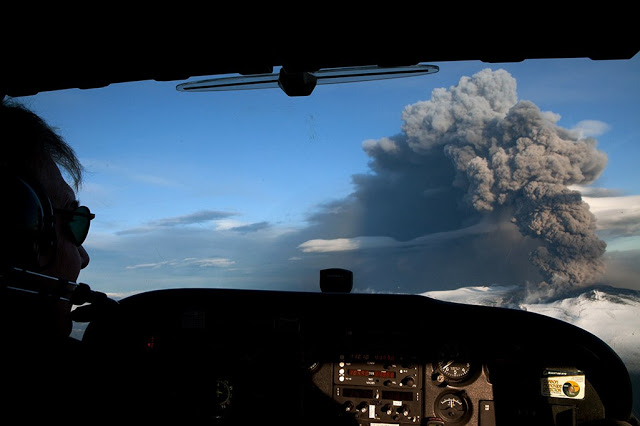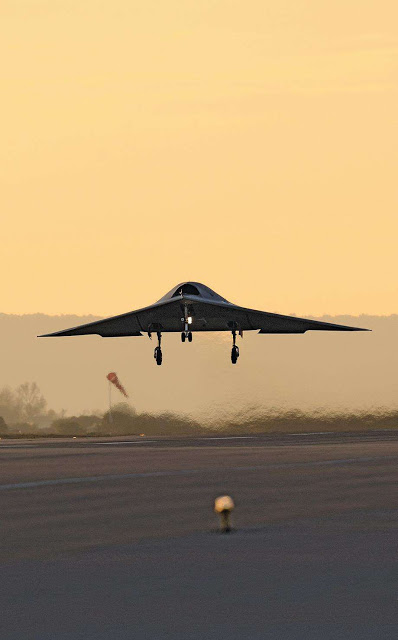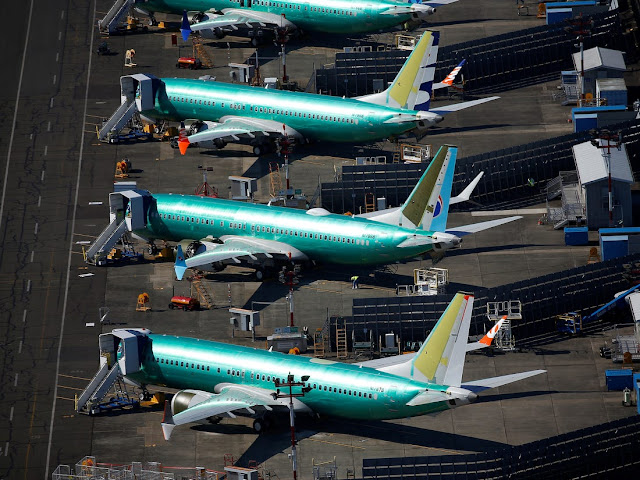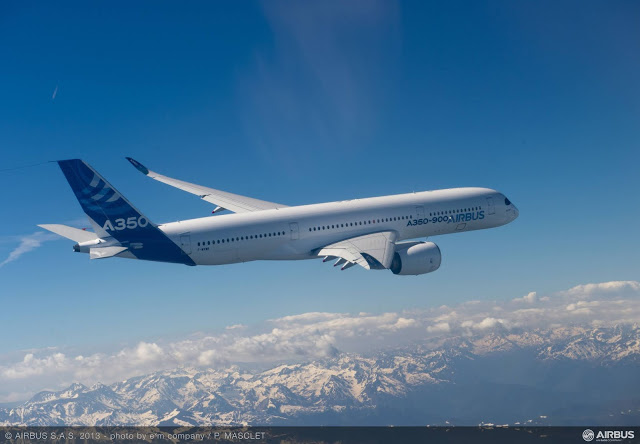10 years of aviation
In ten years, aeronautics has made great technical progress. At the same time, world aviation has never experienced such growth, with the number of passengers carried doubling. Air transport is therefore changing and becoming more and more environmentally responsible. Here is a selection of ten moments, events that have had a long-term impact on aviation.
Air transport has expanded rapidly, reaching emerging and developing countries in Asia and Africa. The number of passengers carried has been increasing by about 4% each year.
2010: the eruption of the Eyjafjöll volcano
 |
| The eruption and the large plume of ash seen from an aircraft |
It all starts with the eruption of an Icelandic volcano, Eyjafjöll, which has been dormant since 1823. On March 20, 2010, the volcano erupted, causing a lava flow accompanied by a large plume of ash. In April, air traffic is then interrupted for safety reasons. The particles in the cloud can suffocate and seriously damage aircraft engines.
In total, nearly 100,000 flights were cancelled. 107,000 flights were cancelled over a period of 8 days, representing 48% of total air traffic and approximately 10 million passengers affected.
2011: Boeing 787 enters service
The Boeing 787 Dreamliner, which made its first flight in 2009, will be delivered to its first customer in 2011. All Nippon Airways received its new long-haul aircraft.
 |
| A Boeing 787 Dreamliner with special All Nippon Airways livery |
The 787 incorporates various innovations. The wing whose tip is curved backwards improves the aircraft's performance. The hydraulic system used to operate the flaps, landing gear and brakes has been largely replaced by electric motors.
Composite materials are used to the extent of 50 per cent, compared with 11 per cent for the B777, for example. Kerosene consumption is reduced by 20%. The Boeing 787 can thus be considered the first aircraft of a new generation of more efficient and fuel-efficient twin-engine aircraft. They make it possible to connect smaller cities without using hubs. Long-haul transport is undergoing a transformation for this reason.
2012: the Neuron, Europe's first combat drone
Dassault Aviation's first stealth fighter UAV is presented for the first time on January 19, 2012 in Istres. Designed in cooperation with Thales, the Swedish company Saab and the Italian company Alenia Aerospace in particular, it is considered a UCAV (Unmanned Combat Air Vehicle).
 |
| Neuron, a new stealth fighter UAV (credits:Wikimedia) |
The Neuron, with a wingspan of 12 to 12.5 metres and a length of around 10 metres, has a curved fuselage designed to hide the compressor blades from radar. It is a demonstrator and should therefore allow the development of new technologies. Only 1 single unit has been built and the investment is around 500 million euros. Military aviation is entering a new era.
2013: the first flight of the A350
The Airbus A350 takes off for the first time on 14 June 2013 at 10 a.m. at Toulouse Blagnac airport. The objective of the European manufacturer is to offer a new generation aircraft, capable of replacing the Boeing 777 and Airbus A340 in particular.
Equipped with Rolls-Royce Trent XWB engines, the A350 will reduce kerosene consumption by 25%. The primary structure of the aircraft is lighter, consisting of 53% composite materials (fuselage, wings and tail).
As of November 2019, the A350 program had 963 orders. It symbolizes the revival of long-haul aircraft, moving from the 747 era to the digital age. Present from design through assembly to operations, the new digital tools are revolutionizing aviation.
2014: MH370 disappears
 |
| The Boeing 777 involved seen in 2014 (credits:Jetphotos) |
On 8 March 2014 at 00:41 hours, the Boeing 777-200ER of Malaysia Airlines with registration 9M-MRO took off from Kuala Lumpur Airport. It is carrying 239 people, including 13 Chinese, on its way to Beijing. At 1:19 a.m., the aircraft sends its last radio communication. The transponder and ADS-B are then switched off, the plane disappears from radar screens. At 2:15 a.m., a military radar records the last position of the plane in the Indian Ocean.
One search after the other was unsuccessful. However, aircraft parts are found, a flaperon is picked up in Reunion Island in 2015 for example. If the plane crashed, one question remains: What are the causes of this air crash? The greatest mystery of aviation remains intact.
2015: Germanwings crash
At 10:41 a.m. on March 24, 2015, an Airbus A320-200 crashed in the Trois-Évêchés massif in the French Alps. The plane is quickly identified: it is operated by Germanwings and was on a flight from Barcelona to Düsseldorf. All 150 passengers and crew members died.
 |
| Debris from Germanwings crash |
The investigation revealed that co-pilot Andreas Lubitz was alone in the cockpit, deliberately causing the plane to crash. He was suffering from a psychiatric disorder. Investigators also discovered torn medical arrest sheets at Andreas Lubitz's home, showing that he should not have flown on March 24, the day of the disaster.
This crash is a shock to air transport. Many airlines have since banned the presence of a single pilot in the cockpit.
2016: Solar Impulse completes its world tour
On 26 July 2016, Solar Impulse 2 lands at Al-Bateen airport in Abu Dhabi, United Arab Emirates, piloted by Bertrand Picard. In March 2015, André Borschberg started the first leg of a 100% electric round-the-world tour. The aircraft has thus accumulated more than 500 flight hours and covered approximately 42,000 km. On the top of the plane's wing, 17,000 photovoltaic cells are arranged, necessary for its power supply.
 |
| Solar Impulse approaching the Golden Gate Bridge, San Fransisco |
Solar Impulse is an important step towards a greener, more environmentally friendly aviation. Aircraft will use more and more electricity in the future. The Solar Impulse adventure, despite technical problems, proves to be "a powerful demonstration of the potential of today's clean technologies" as Bertrand Picard wished.
2017: the safest year in the history of civil aviation
The probability of dying in a commercial airplane crash is "one chance in 16 million," according to Adrian Young, a researcher at the Dutch agency To70. Yet air traffic in 2017 has increased by 3 per cent compared to 2016.
According to the Aviation Safety Network, there were ten accidents involving civil transport aircraft during the year, with 44 victims. There was one fatal accident for 7.360 million flights in 2017. Even when all aircraft accidents, both non-commercial and military, are included, 2017 remains the safest year.
These statistics show that aviation has made enormous progress in improving flight safety, making it the safest form of transport in the world.
2018: low-cost, the paradox between expansion and bankruptcy
On 12 September 2018, employees of the low-cost airline Ryanair demonstrate at Frankfurt airport. During the year 2018, low-cost has experienced some turbulence.
 |
| A demonstration inside Frankfurt airport |
Employees and pilots working for Ryanair have organised a large European social movement. Several hundred flights have been cancelled, affecting more than 40,000 passengers. Low-cost is now being denounced. At Ryanair, almost half of the pilots are not employees but self-employed, paid by the hour of flight.
The low-cost situation has been noted. Its expansion has accelerated, accounting for a third of passengers carried worldwide. Paradoxically, profitability is not assured because of the fierce competition that drives prices down. For example, the Danish airline Primera Air offered transatlantic flights for less than €150 or even €99. A few months later, the airline ceased operations for good.
Norwegian Air thus found itself in trouble, Small Planet Airlines and Cobalt disappeared. The low-cost continues to develop even if its model is increasingly questioned. This phenomenon in air transport is a long-term phenomenon.
2019: the crash and grounding of the 737 MAX
On 10 March 2019, a Boeing 737-8 MAX of Ethiopian Airlines crashed 6 minutes after take-off from Addis Ababa Airport. The plane was on flight 302 to Nairobi, Kenya. The 157 occupants were killed instantly.
 |
| Grounded 737MAX in 2019 (credits:Reuters) |
The 737 MAX was grounded in Europe on March 12 and in the United States the next day. Initial investigation findings show that the MCAS, a system specific to the 737 MAX designed to prevent a stall in manual flight with flaps up, activated unintentionally. As a result, the aircraft pitched nose-down toward the ground. This cause was confirmed for another crash, that of Lion Air Flight 610 on 29 October 2018.
The suspension of commercial flights of the 737 MAX will result in the total immobilization of more than 700 aircraft worldwide and the cessation of production of the aircraft. The economic consequences are numerous for air transport in general.
Conclusion: In 10 years, air transport has evolved enormously, if only in terms of the number of passengers it has carried. In 2010, according to the ICAO, 2.5 billion passengers were carried. In 2019, that figure was 4.5 billion.
Technical progress has greatly improved the comfort and safety of flights. However, air accidents continue to mark air transport. In addition, economic and social issues as well as an awareness of the environmental impact of aviation (as a human activity) have led to profound changes, including the reduction of aircraft kerosene consumption.
2020
The coronavirus pandemic at the beginning of 2020 led to a total shutdown of air transport, thus passing through its most serious crisis. The rapid development, which has accelerated in recent years, now appears to be in jeopardy. The demand of 2019 may not be recovered before 2023.
Find all the articles on the coronavirus:




